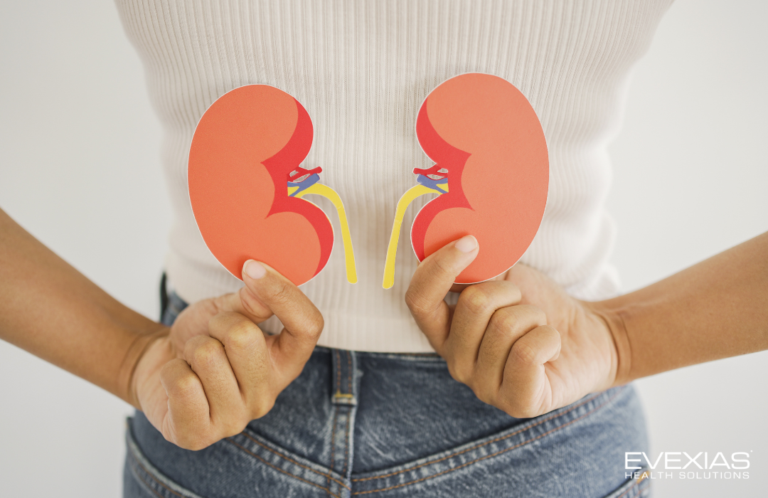Testosterone is crucial for both men and women, and low levels can result in a broad range of physical, emotional, and even cognitive symptoms. When this happens, testosterone replacement therapy may be the best option to help you feel like yourself again. But with so many administration methods, how do you know which one is right for you?
Testosterone replacement therapy should be safe, effective, and well-tolerated. As the World Health Organization notes, it should ideally also be easy to administer, offer flexible dosing, and provide steady, reliable testosterone release. Ultimately, treatment should help you attain normal, functional levels of testosterone.
Hormone pellets and injections can both meet these criteria. So how do you decide? By taking a closer look at the specific attributes of testosterone pellet therapy vs. injections, you can make an informed choice.
Testosterone Pellet Therapy vs. Injections: Which Is Best?
Testosterone therapy is most often indicated for men with low testosterone, transgender men, and as a component of menopause hormone treatment for women. The goal is to restore optimal hormone levels to address any symptoms of testosterone deficiency and help you feel like yourself.
Today, there is a wide variety of ways to administer testosterone, including nasal sprays, patches, gels, and creams. However, these are short-lasting and may make it more difficult to maintain constant hormone levels. Intramuscular injections and subcutaneous pellet therapy are longer-acting treatments that don’t require daily dosing and can help you achieve consistent hormone balance. But they’re not interchangeable, and their differences can make a big difference in your treatment experience.
Comparing Testosterone Pellet Therapy vs. Injections
Testosterone Pellet Therapy |
Testosterone Injections |
|
| In use since | The 1940s | The 1950s |
| Administration | Small pellets, about the size of a grain of rice, are placed just below the skin through a small incision, usually on the hip. The procedure is performed in your doctor’s office under local anesthesia. | Testosterone is injected into a gluteal muscle or lateral upper thigh. This takes place in your doctor’s office. |
| Dosing frequency | Every 3-6 months | Short-acting: every 1-3 weeks
Long-acting: every 10 weeks after the initial series |
| Possible adverse effects | Discomfort at the incision site, scar tissue, and pellet extrusion. As with any medical procedure that involves incisions, there is a small risk of infection. | Common: Injection site pain and inflammation
Less common: pulmonary oil micro-embolism, anaphylaxis |
| Advantages | Longer-acting/lower dosing frequency
Flexible dosing Pellets gradually release testosterone as they dissolve, resulting in steady, predictable hormone levels |
Short-acting injections are low cost and offer quicker drug withdrawal if an adverse reaction occurs |
| Disadvantages | Requires small incision
Pellets cannot be removed and must be left to dissolve on their own. |
Testosterone is not released at a steady rate, resulting in fluctuating levels
More frequent office visits |
Pellet Therapy: Additional Considerations
In a 2017 survey of practitioners who prescribe testosterone pellets, respondents reported high patient satisfaction rates, with 34.5% stating patients were “almost always” satisfied and 56.3% finding patients are satisfied “most times.” An earlier survey of patients undergoing testosterone therapy revealed that 64.1% of men using pellets favored them due to ease of use and 57.8% cited convenience. In contrast, only 43.8% of men favored injections due to ease of use and only 26.3% cited convenience as a reason for their administration choice.
Additionally, recent improvements in pellet therapy can address some of the potential downsides of this method. Most significantly, trace amounts of triamcinolone (a corticosteroid) may be added to custom-compounded pellets to counteract implantation site discomfort and inflammation that may lead to scar tissue formation and pellet extrusion. For many patients, the result is better treatment outcomes and greater satisfaction.
Injections: Additional Considerations
Short-acting injections peak within days and fall within 1-3 weeks. Long-acting injections fall more slowly but still result in fluctuations that may cause symptoms like mood swings or unpredictable changes in sex drive.
Finding the Right Treatment for You
Testosterone therapy can have great benefits, from restoring sexual function and increasing energy levels to stabilizing mood and improving body composition. Connecting with a hormone specialist can be invaluable to realizing these benefits. After taking a detailed medical history and conducting comprehensive hormone testing, they can help you explore testosterone pellet therapy vs. injections in more detail, taking into account your symptoms, lifestyle, and personal preferences. Once you’ve decided on an administration method, they will design a personalized treatment plan based on your unique hormonal needs and track your progress to ensure your symptoms are being addressed in the best way possible. With their insight and support, you can take meaningful steps toward living the life you want.







